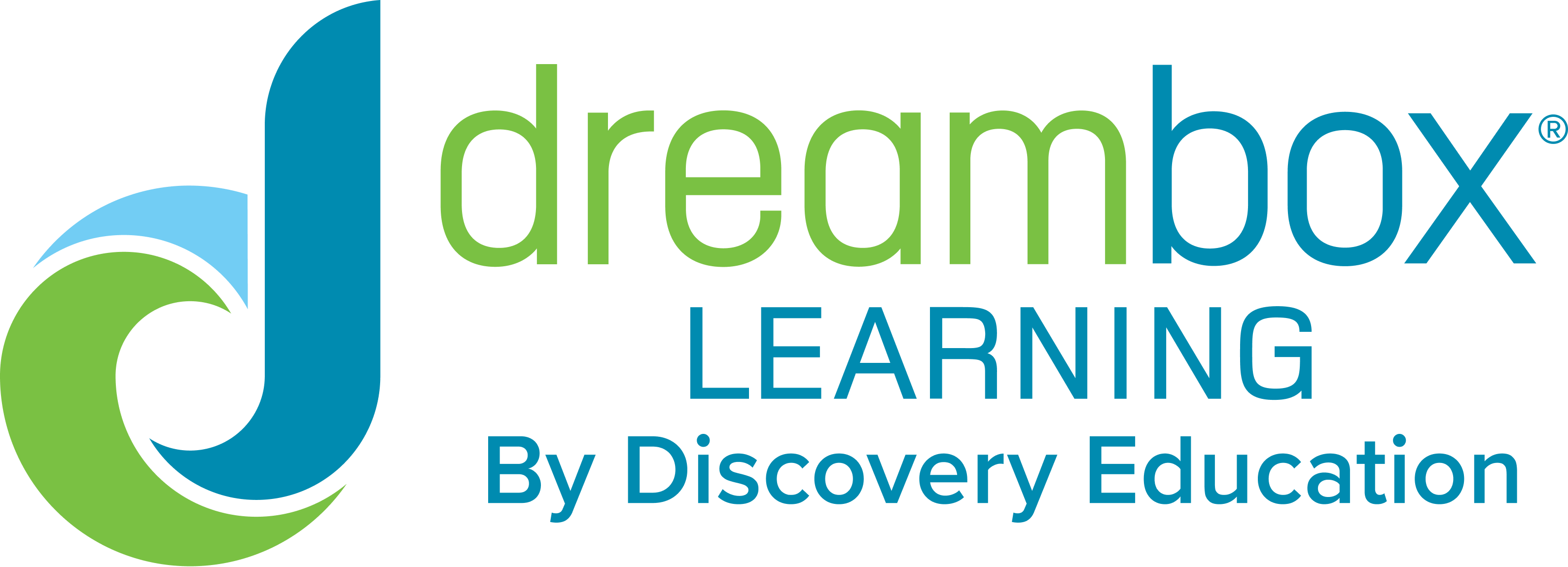Tell us a little more about yourself to view this content
When compared to overall student enrollment, English language learners (ELLs) are the fastest-growing K-12 segment in the United States today and this trend shows no signs of slowing down. The exponential growth in ELL enrollment is changing the dynamics of today’s elementary school classrooms even in states that had not seen large numbers of ELLs in the past. A growing number of ELLs are being educated in mainstream classrooms by teachers without the training or resources needed to effectively instruct them. Against this backdrop, most ELLs are not meeting academic proficiency standards; especially alarming is their growing achievement gap in mathematics.
The numbers and needs of ELLs in the K-12 mainstream classroom are growing, and with them come new challenges for educators. ELLs come to the elementary classroom with varying levels of English language proficiency, varying levels of math proficiency, and a high need for individualized support. Also, because ELLs often lack sufficient academic math language in English, traditional assessment tests offer an incomplete view of their understanding of math concepts. With schools under immense pressure to raise the academic proficiency of ELLs, it has become clear that differentiated elementary math programs are needed to support teachers and address the challenges facing ELLs so they can achieve math proficiency.
One way of differentiating instruction is through adaptive math learning programs, which can help ELLs at every level of English language proficiency develop conceptual understanding and procedural fluency. A non-language based solution that is highly visual and accessible to students at any level of English proficiency is especially critical. A program that offers differentiated instruction based on a fine-grained assessment of each student’s comprehension level will ensure ELLs are working at an appropriate level of difficulty for their individual level of proficiency and understanding. A curriculum that promotes independent learning in an engaging and rewarding environment will encourage ELLs to persist, practice, and explore new concepts. Comprehensive progress monitoring and reporting for educators will ensure teachers have detailed information on ELL comprehension and progress to inform instruction and intervention strategies.
The use of adaptive and differentiated elementary math programs is especially beneficial to teachers working with ELLs in mainstream classrooms, when used for individualized, independent learning. This is particularly true for states and districts with high enrollment of ELLs and quickly growing ELL enrollments. Utilizing an effective, adaptive elementary math program to supplement classroom instruction can support ELLs and their teachers as they work toward closing the math achievement gap.
What You Will Learn from This White Paper
- The growing English language learner student population
- Challenges in ELL instruction
- The achievement gap in math
- Why is mathematics difficult for ELLs?
- Undeveloped second language reading comprehension skills
- Limited mathematics vocabulary
- Difficulty in understanding the complex syntax of mathematics
- Prevalence of word problems
- Background knowledge
- Cultural differences
- Addressing the challenge: Ensuring ELLs achieve math proficiency
- Placement in mainstream classrooms
- Exponential growth
- Doing more with less
- Federal legislation
- Disparate circumstances
- Best practices in ELL elementary math instruction
- Highly visual, hands-on activities and use of visual math manipulatives
- Continuous and dynamic performance assessment
- Adaptive, individualized instruction based on student response, level of comprehension, strategies and right and wrong answers
- Comprehensive progress monitoring and reporting
- Engaging activities, lessons and rewards for time, effort and academic achievement
White Paper
Content Request Form
Please submit this form to view this white paper.










